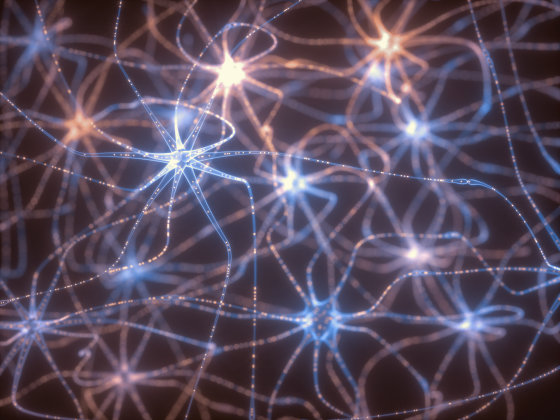A nightmare turns out to make people more resistant to real fear

by
The meaning of “dream” when sleeping and the impact on people are still unknown in 2019. New research has identified areas of the brain that are activated when nightmares are seen, and it has been shown that dreams change the response to real “fear”.
Fear in dreams and in wakefulness: Evidence for day / night affective homeostasis-Sterpenich--Human Brain Mapping-Wiley Online Library
https://onlinelibrary.wiley.com/doi/full/10.1002/hbm.24843
How our dreams prepare us to face our fears | EurekAlert! Science News
https://www.eurekalert.org/pub_releases/2019-11/udg-hod112519.php
In a study published in November 2019, researchers conducted an experiment in which 256 EEG electrodes were attached to the heads of 18 subjects and awakened several times during nighttime sleep. Each time the subject was awakened, he was asked questions such as “Have you dreamed” or “Do you feel fear in your dream?”
After comparing the answers to the above questions and brain activity, researchers discovered areas of the brain that respond to dream formation. At the same time, it was also found that a specific brain area was activated according to the contents of the dream.
Researchers analyzed the brain based on the responses of the subjects, and found that the brain cortex and the anterior cingulate cortex were activated by the fears experienced in dreams. The island cortex is involved in emotional evaluation during arousal and is activated automatically when you feel fear. On the other hand, the anterior cingulate cortex is the part involved in preparing for motor and behavioral responses in the face of threats. Researchers at the University of Geneva and the University Hospital that conducted the study said, “We are the first in the world to identify 'brain-correlated brain activity' during sleep, whether it is sleeping or waking up. I observed that a similar place was activated when I experienced horror. '

by
In addition, researchers asked 89 subjects to keep a dream diary for a week in order to explore the relationship between “fear while sleeping” and “feelings when waking up”. The subject recorded the contents of the dream he remembered when he woke up every morning and his feelings about it, and on the last day he had a brain scan with MRI . At the time of the brain scan, the subjects showed `` emotionally negative photos '' and `` neutral photos '' depicting the state of assault, etc., confirmed brain areas that responded to fear, and experienced in a dream for a week We investigated whether emotions change the brain areas that are activated.
Brain areas such as the insular cortex, amygdala , prefrontal cortex , and anterior cingulate cortex have been shown to be involved in emotional control. Researchers have discovered that the longer they experience dreams in their dreams, the less active these brain regions show when subjects view negative photos. In addition, it has been shown that frontal cortex activity, which interferes with amygdala activity in the face of fear, increases as nightmares increase.
Researchers argue that these experimental results show a strong connection between “feelings experienced in dreams” and “feelings we experience in reality”. And from here, researchers have hypothesized that people are simulating a terrible situation in their dreams to respond better when they are awake. “Dream is training for future reactions, and we may be preparing for a real crisis,” the researcher said.

by NomadSoul1
Related Posts:
in Science, Posted by darkhorse_log







